In a remarkable archaeological find, members of the Polish Association of Searchers “Hussars” have unearthed a rare hoard of 16th and 17th-century coins near Pomiechówek, located in the heart of east-central Poland. The discovery, which has been hailed as one of Poland’s most significant hoard finds, offers a glimpse into the country’s tumultuous past during the Thirty Years’ War and the surrounding periods.
The Discovery of the Coin Hoard
This Article Includes [hide]
The hoard, valued at approximately £95,000 (around $124,000), was found by Sławomir and Szymon Milewscy. They were originally conducting a survey aimed at uncovering a historical trade route that dates back to Roman times. Instead of the trade route, the pair stumbled upon a collection of 17 rare coins, mostly from Saxony, Brandenburg, and the Netherlands, and dating primarily from the early 17th century.
Also Read: Litecoin Joins the Meme Coin Craze, Shocking Price Surge and Details Revealed!
A Glimpse into History: The Coins of the Hoard
Among the remarkable finds was a 1630 Sigismund III Vasa thaler, minted at the Toruń Mint. This coin is particularly valuable; a similar one in poorer condition fetched £16,500 (approximately $24,500) at a 2023 auction. The hoard also includes coins from notable European regions and leaders of the time, including:
- 1623 John II Thaler from the Duchy of Palatinate
- 1621 Tyrol Thaler
- 1621 Patagons depicting Albert and Elizabeth from the Spanish Netherlands
- 1641 Frederick William I Thaler from Brandenburg-Prussia
- Several other thalers from Saxony, Austria, and the Spanish Netherlands
Each of these coins carries historical significance, providing insights into the currencies used across Europe during a period of great political unrest.
Historical Context: The Thirty Years’ War and Beyond
The hoard’s coins predominantly date from the time of the Thirty Years’ War (1618-1648), a devastating conflict that engulfed much of Europe. This period was marked by religious and political strife, and the coins found in Pomiechówek reflect the volatility of the time. The discovery adds another layer of historical value, as it connects to the broader European history of the early 17th century.
Some of the coins also came from rulers such as Leopold V of Austria, Frederick I of Austria, and Johann Georg I of Saxony, which further situates the hoard within the context of Europe’s shifting political landscapes during this era.
Speculation About the Hoard’s Burial
The question of why these coins were buried near Pomiechówek remains speculative, but one plausible theory points to the period of unrest in the mid-17th century. The region’s proximity to the 1655 battle between Swedish forces and the Polish Crown at Nowy Dwór Mazowiecki suggests that the hoard may have been buried for safekeeping during a time of war and turmoil.
Piotr Duda, an archaeologist from Triglav, emphasized the significance of the find, calling it “probably one of the largest finds of its kind ever discovered in Poland.” He also noted the hoard’s exceptional material value, which he estimated at around half a million złotys (approximately $124,000).
The Legacy of the Pomiechówek Hoard
This discovery is not only important for its monetary value but also for its contribution to the understanding of Poland’s rich historical landscape. The hoard serves as a tangible link to a turbulent period in European history, one that shaped the political and social structures of the time. As experts continue to analyze the coins, it is expected that more insights into the daily life and economy of 17th-century Europe will emerge.
Also Read: This Rare 10-Cent Coin from 1919 Could Be Worth $156,000: Look for This Date and Rare Detail
Conclusion
The Pomiechówek hoard stands as a testament to the power of historical research and the persistence of amateur archaeologists. The find highlights the importance of preserving and studying artifacts, as they offer invaluable knowledge about the past. With an estimated worth of over $124,000, this discovery will undoubtedly remain a focal point for coin collectors, historians, and archaeologists alike. As further analysis unfolds, the hoard may yield even more clues about the historical events and figures that shaped Europe during the Thirty Years’ War.

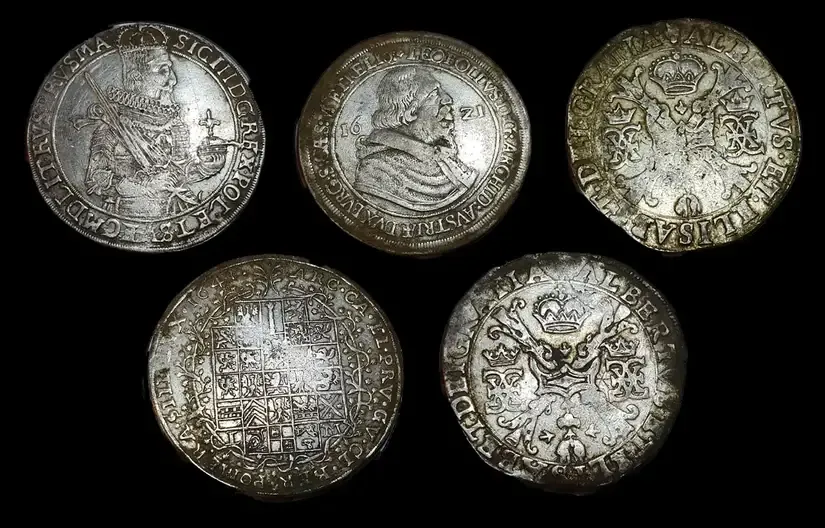
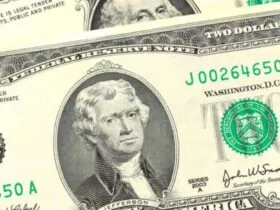
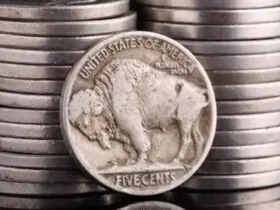
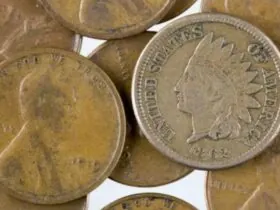

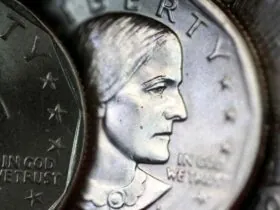
Leave a Reply